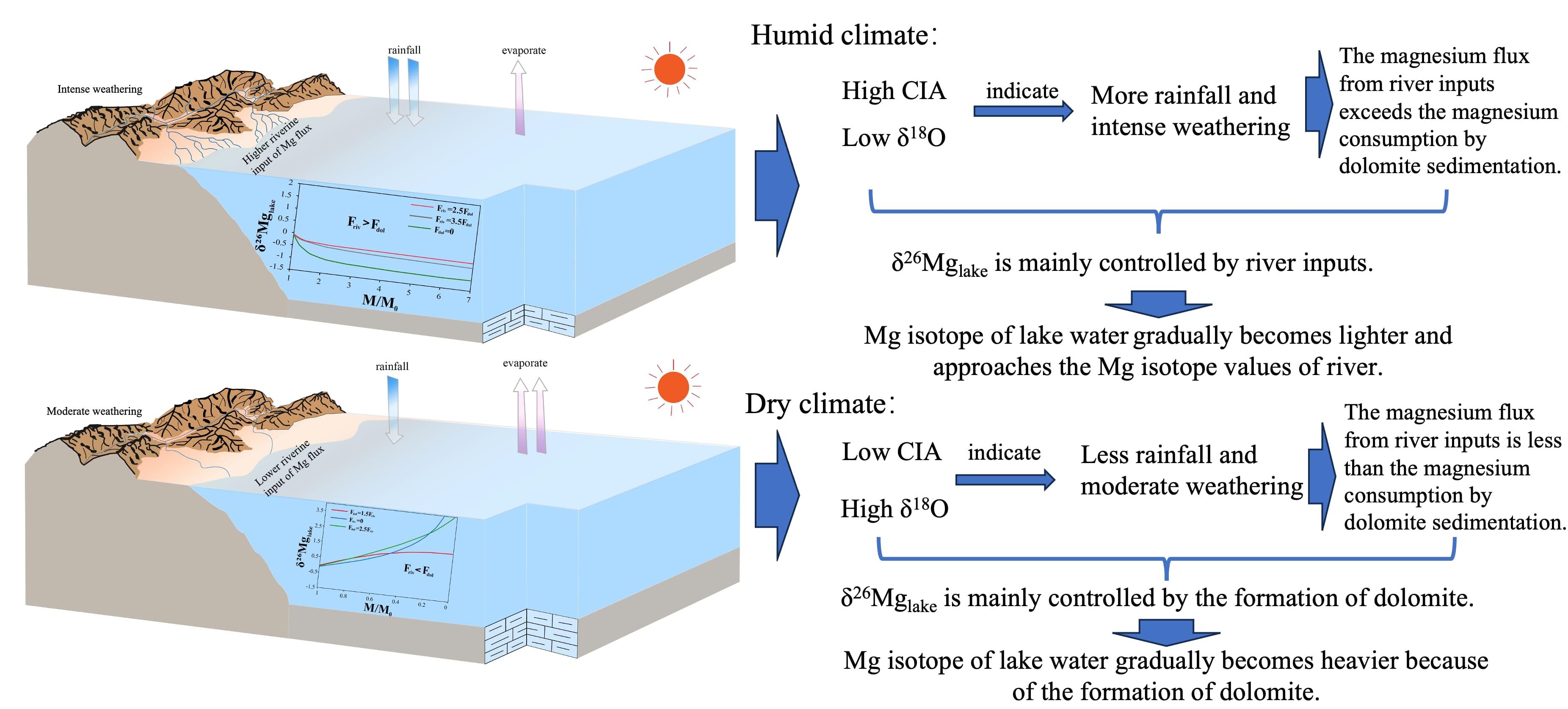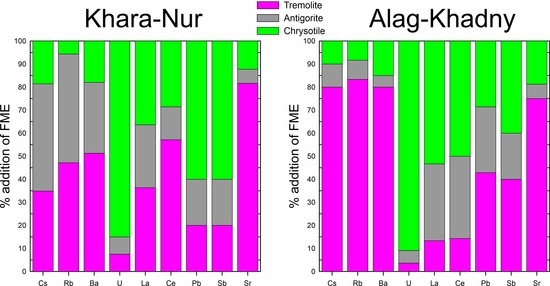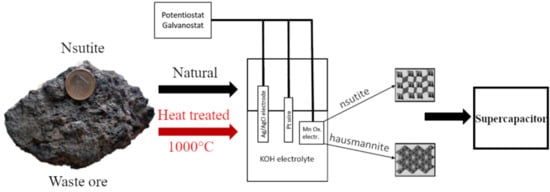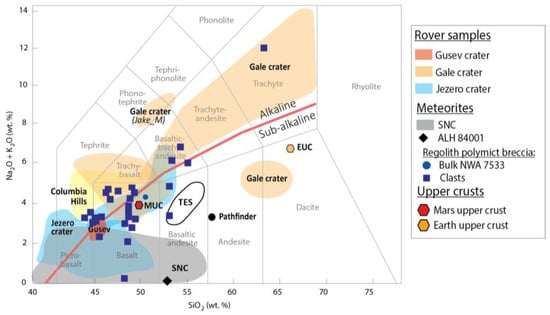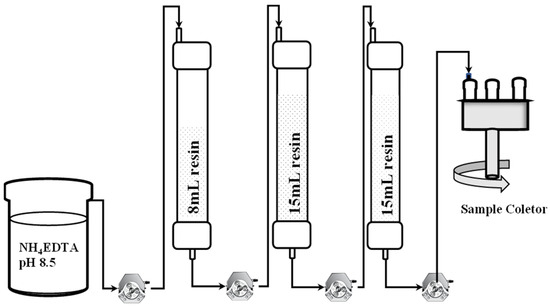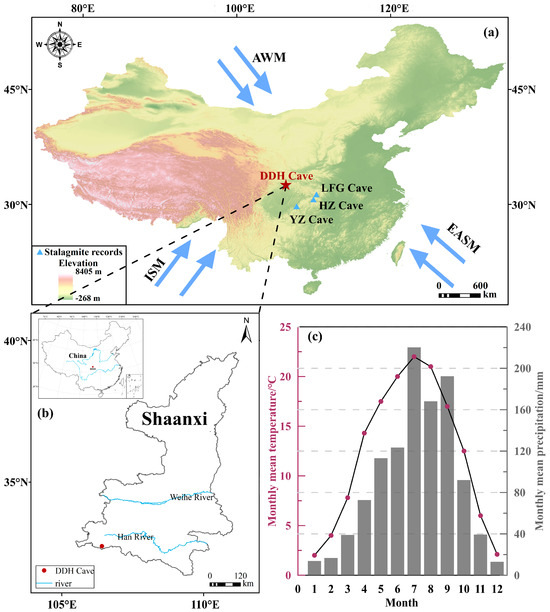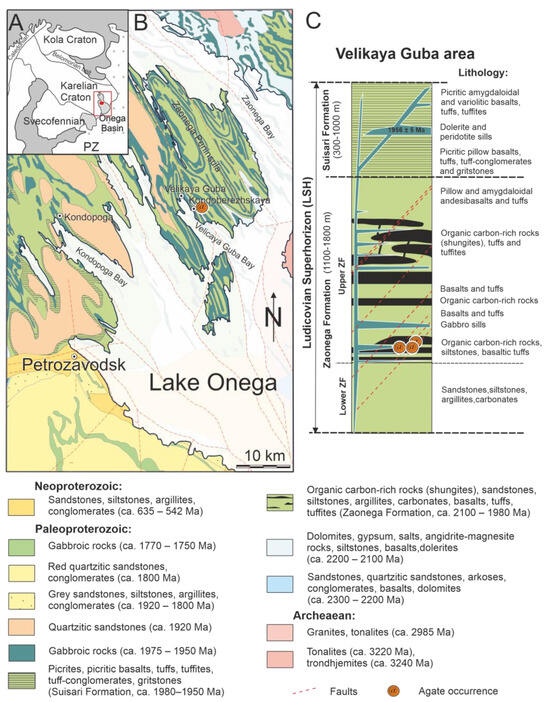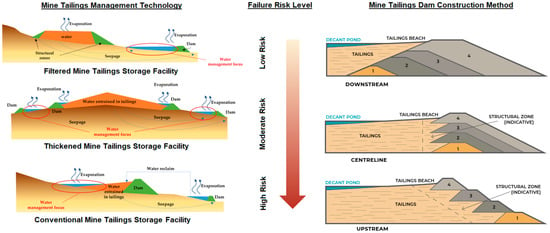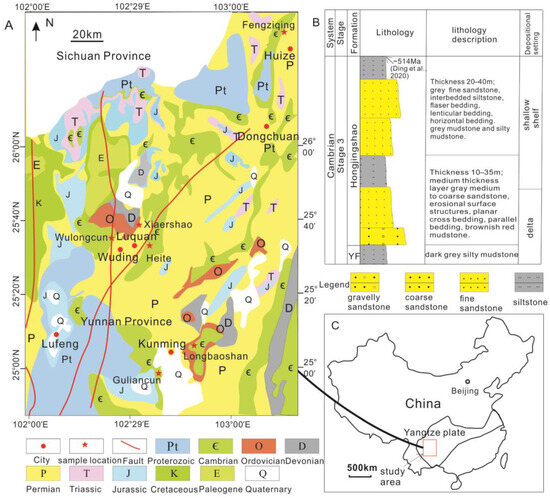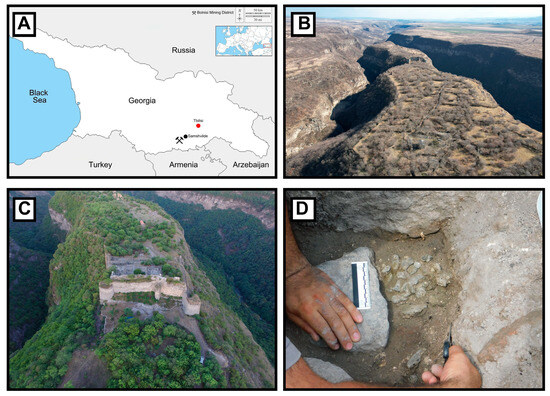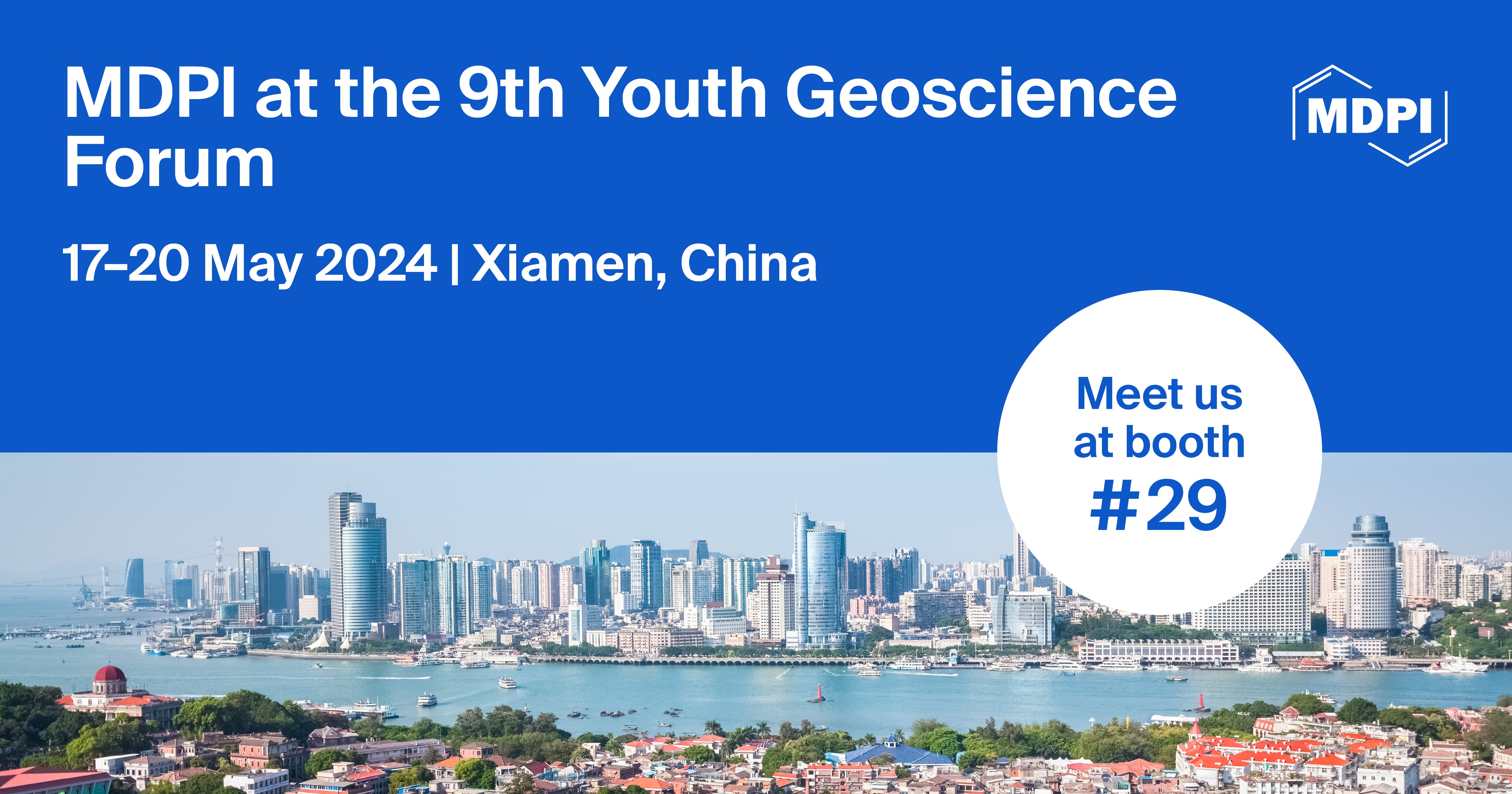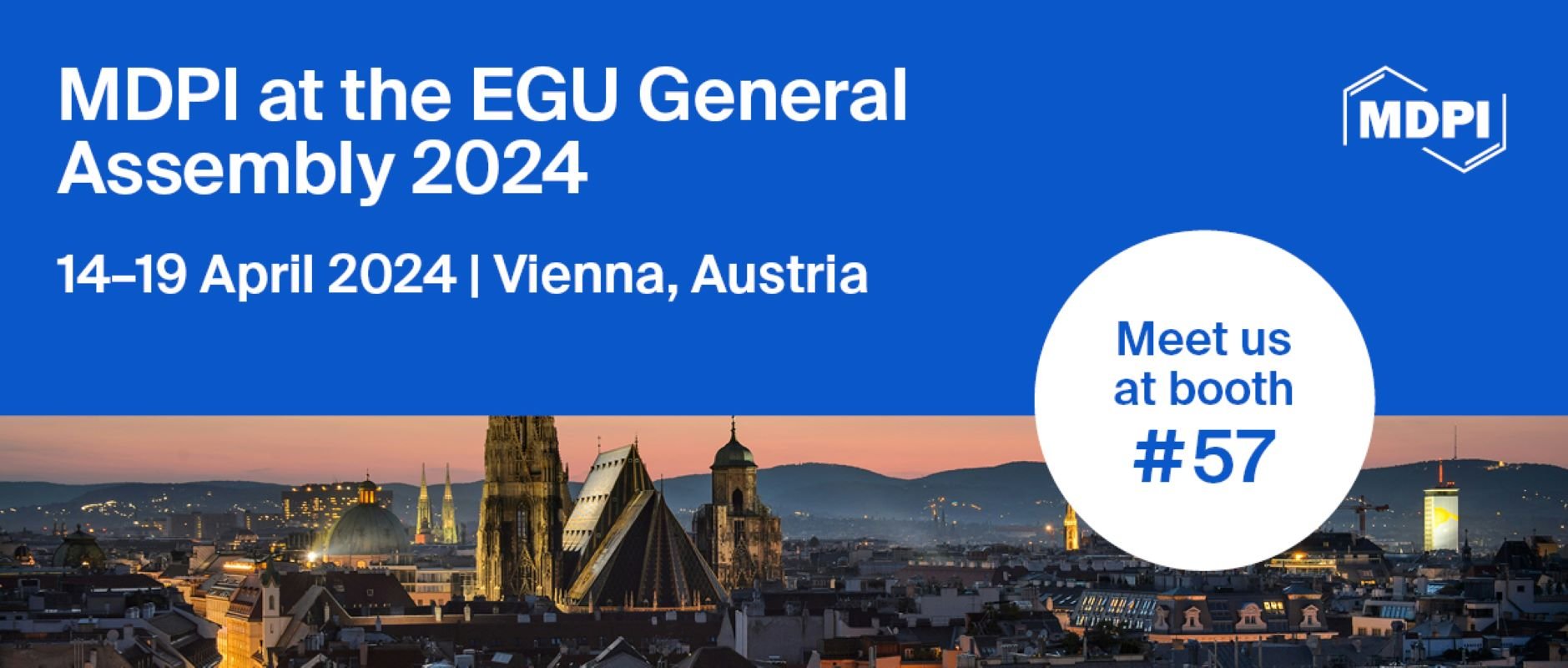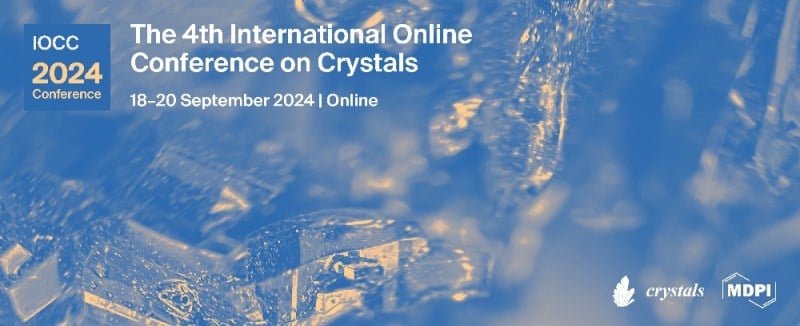-
 Interactions of Perrhenate (Re(VII)O4−) with Fe(II)-Bearing Minerals
Interactions of Perrhenate (Re(VII)O4−) with Fe(II)-Bearing Minerals -
 Mineral Chemistry of Olivine, Oxy-Spinel, and Clinopyroxene in Lavas and Xenoliths from the Canary, Azores, and Cape Verde Islands (Macaronesia, North Atlantic Ocean): New Data and Comparisons with the Literature
Mineral Chemistry of Olivine, Oxy-Spinel, and Clinopyroxene in Lavas and Xenoliths from the Canary, Azores, and Cape Verde Islands (Macaronesia, North Atlantic Ocean): New Data and Comparisons with the Literature -
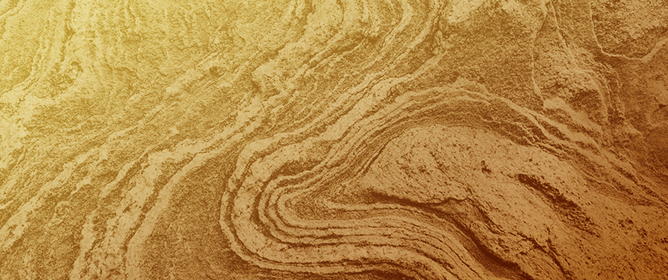 Early Triassic S-Type Granitoids in the Qinzhou Bay Area, South China: Petrogenesis and Tectonic Implications
Early Triassic S-Type Granitoids in the Qinzhou Bay Area, South China: Petrogenesis and Tectonic Implications -
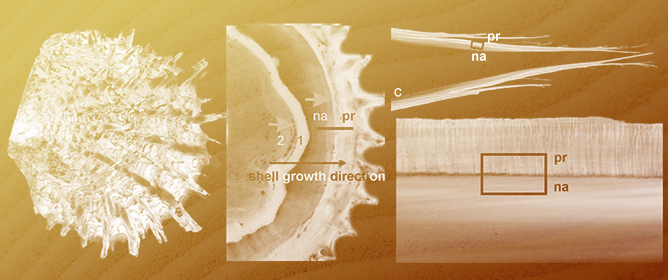 Evidence of a Scheduled End for Prism Growth in the Shell of Pinctada margaritifera: Closure of the Calcite Biomineralization Area by a Specific Organic Membrane
Evidence of a Scheduled End for Prism Growth in the Shell of Pinctada margaritifera: Closure of the Calcite Biomineralization Area by a Specific Organic Membrane -
 Zagamiite, CaAl2Si3.5O11, the Hexagonal High-Pressure CAS Phase with Dominant Si, as a Mineral from Mars
Zagamiite, CaAl2Si3.5O11, the Hexagonal High-Pressure CAS Phase with Dominant Si, as a Mineral from Mars
Journal Description
Minerals
- Open Access— free for readers, with article processing charges (APC) paid by authors or their institutions.
- High Visibility: indexed within Scopus, SCIE (Web of Science), GeoRef, CaPlus / SciFinder, Inspec, Astrophysics Data System, AGRIS, and other databases.
- Journal Rank: JCR - Q2 (Mining & Mineral Processing) / CiteScore - Q2 (Geology)
- Rapid Publication: manuscripts are peer-reviewed and a first decision is provided to authors approximately 18.7 days after submission; acceptance to publication is undertaken in 2.6 days (median values for papers published in this journal in the second half of 2023).
- Recognition of Reviewers: reviewers who provide timely, thorough peer-review reports receive vouchers entitling them to a discount on the APC of their next publication in any MDPI journal, in appreciation of the work done.
- Companion journal: Mining
Latest Articles
E-Mail Alert
News
Topics
Deadline: 30 April 2024
Deadline: 20 May 2024
Deadline: 1 June 2024
Deadline: 30 June 2024
Conferences
Special Issues
Deadline: 30 April 2024
Deadline: 24 May 2024
Deadline: 31 May 2024
Deadline: 14 June 2024



